I was clutching onto the boat with all the strength I could muster as I waited for the rest of the team to gear up. A giant trevally swam effortlessly around me, barely seeming to notice the fierce current I was battling with. In my other hand, I clutched onto my camera for dear life.
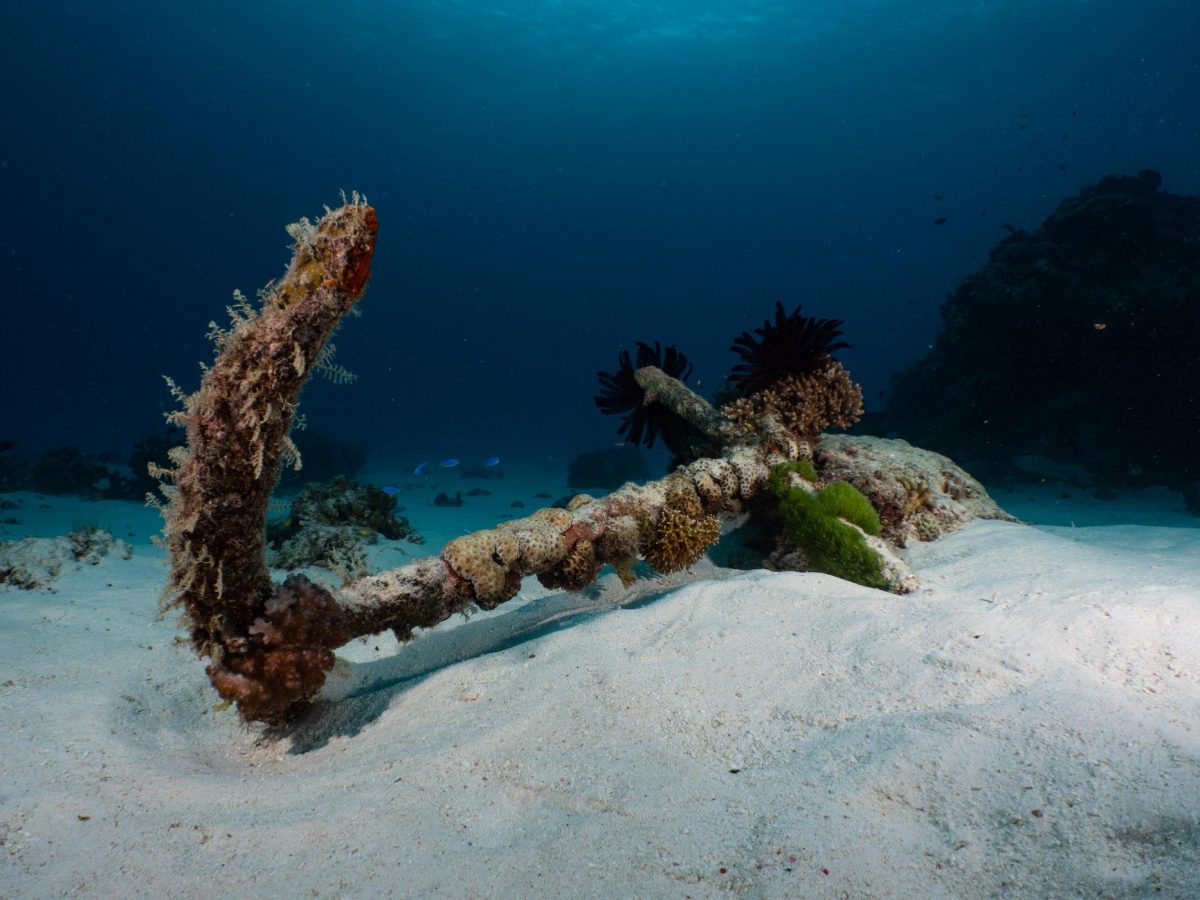
Our dive guide poked his head over the side of the boat.
‘Are you okay?’ He asked.
I mumbled an incoherent ‘all good’ into my regulator in reply. Any letting go of the boat to remove my regulator and reply was surely going to result in my rapid transportation to somewhere in the middle of the south pacific ocean.
So what on earth was I doing?
I was on Assignment with National Geographic.
I heard more commotion on the boat, removed my gaze from my new Trevally friend and looked up again. Everyone was pointing to my right and telling me to look back down. So I stuck my head back into the crystal blue water and looked to the side.
Next to me, sitting gracefully in the current as if it was nothing, was a Manta Ray. We locked eyes and I could tell she was examining me just as much as I was studying her.
It would appear this is just another day in the life the underwater photography legends and National Geographic photographers David Doubilet and Jennifer Hayes.
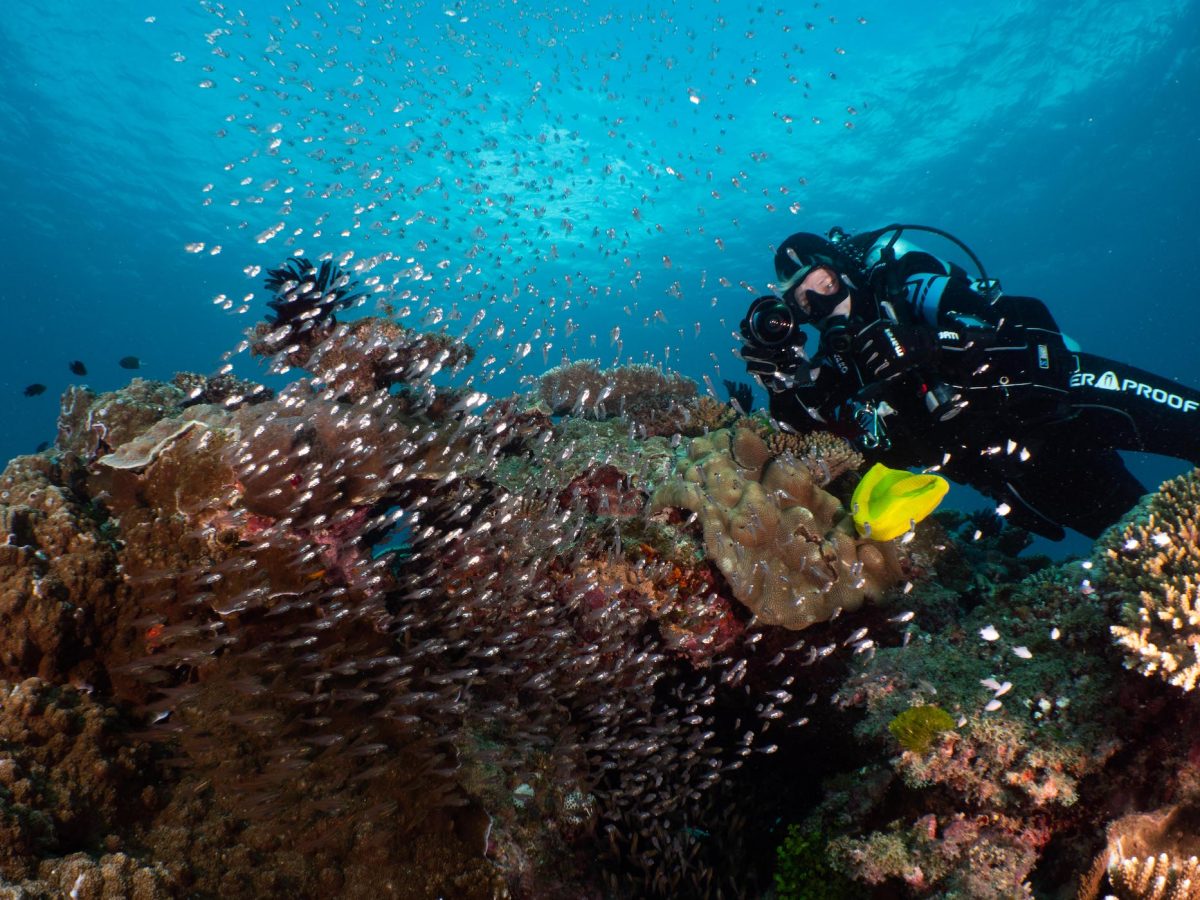
As the rest of the team got in, we worked our way down the mooring line and clawed along the bottom before finding shelter behind a large bommie. By this point, I was exhausted, but there was work to do, so I picked up my camera and headed back out into the current. For the next hour, we photographed the reef and its many colourful inhabitants.
The setting of this great experience was Lady Elliot Island in the Great Barrier Reef.
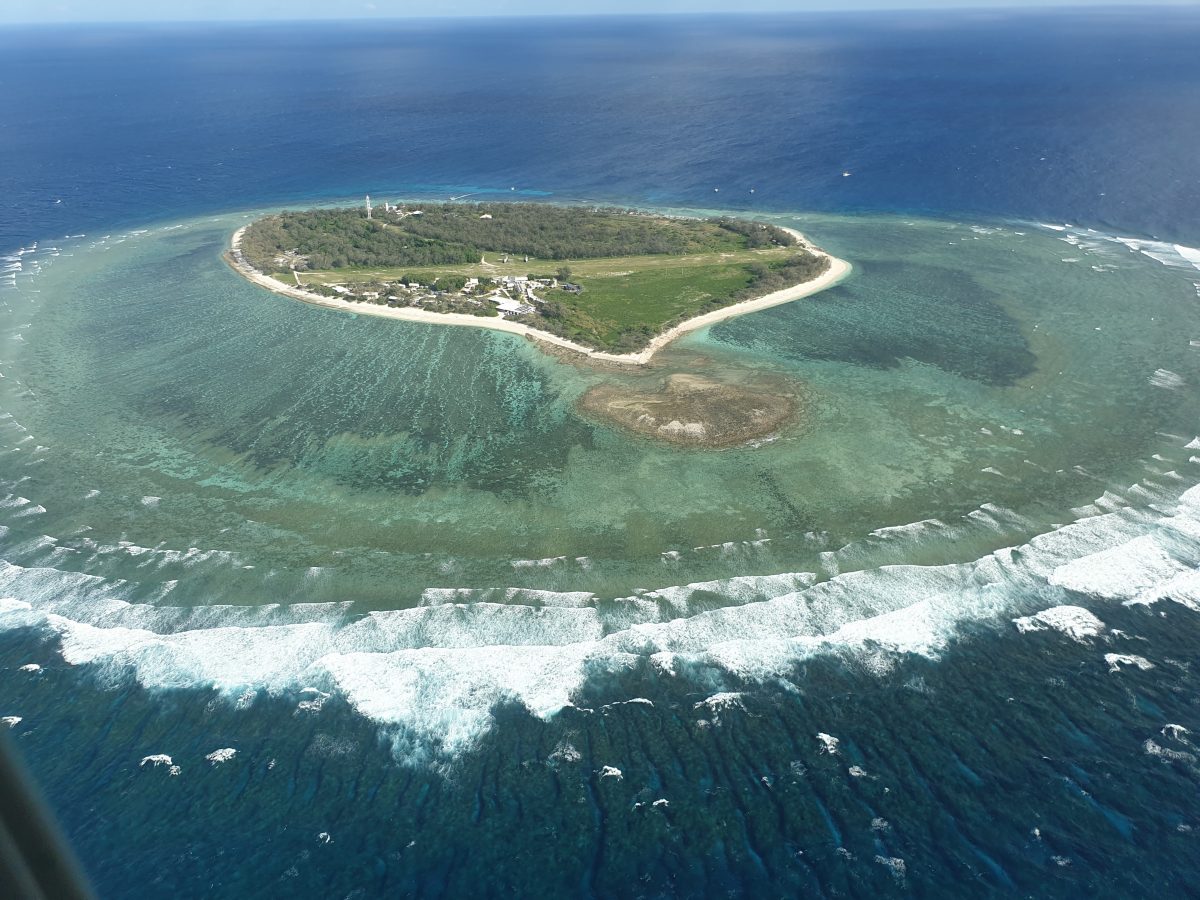
Lady Elliot island lies in the southernmost part of the great barrier reef, approximately 85 kilometres north east of Bundaberg in Queensland. In the late 1800’s, the island was heavily mined for guano, a precious commodity at the time, and almost completely stripped of trees and life.
However, thanks to a dedicated conservation effort the island is slowly being restored to its natural state and now has an airstrip, several eco-friendly bungalows, a restaurant, a reef education centre and a dive shed.
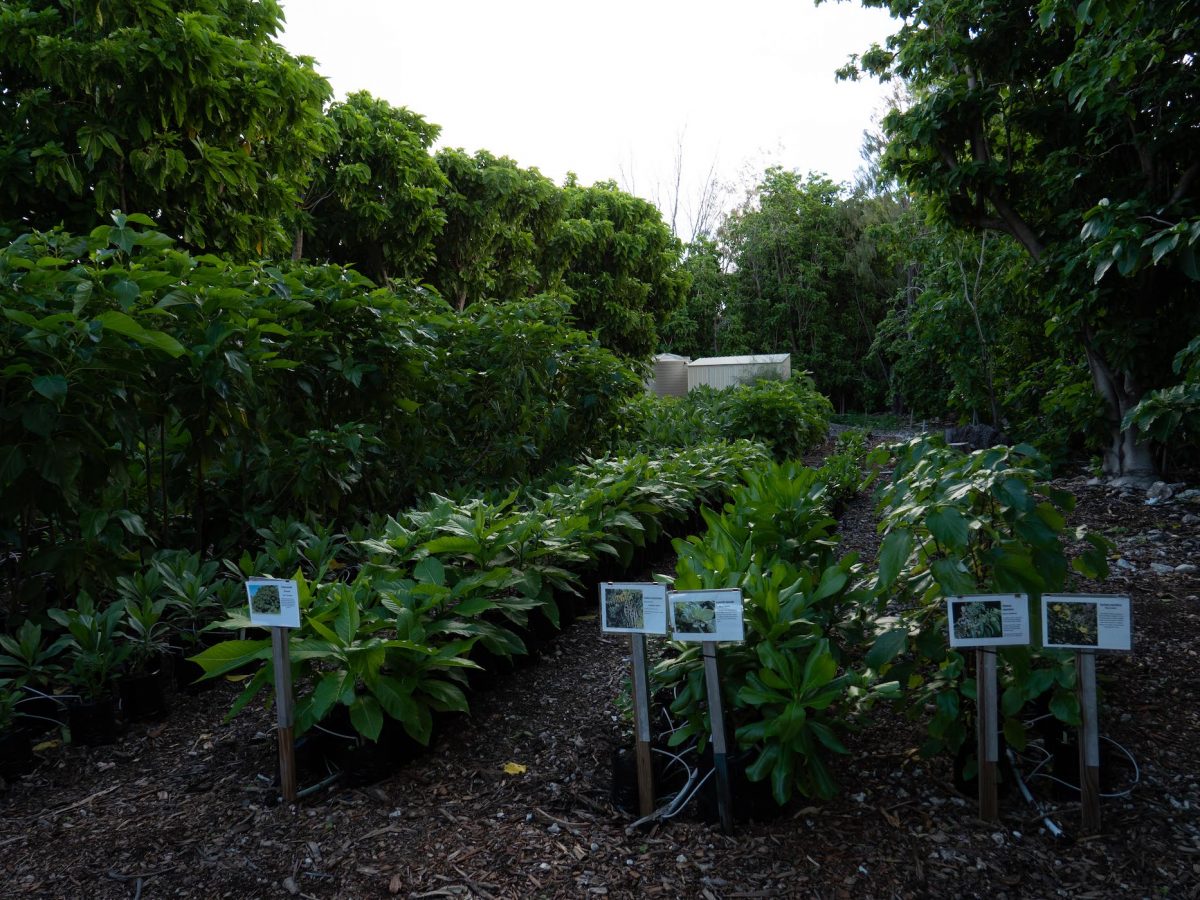
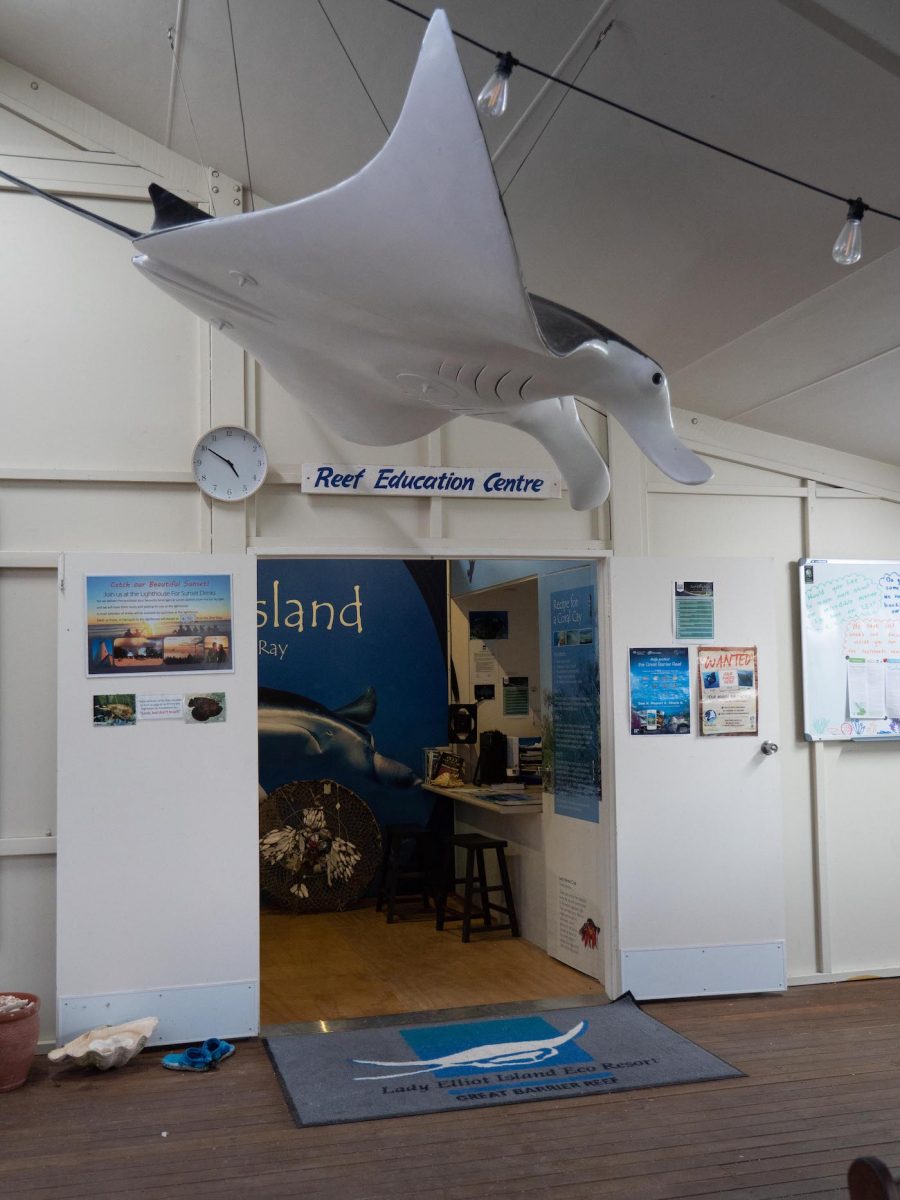
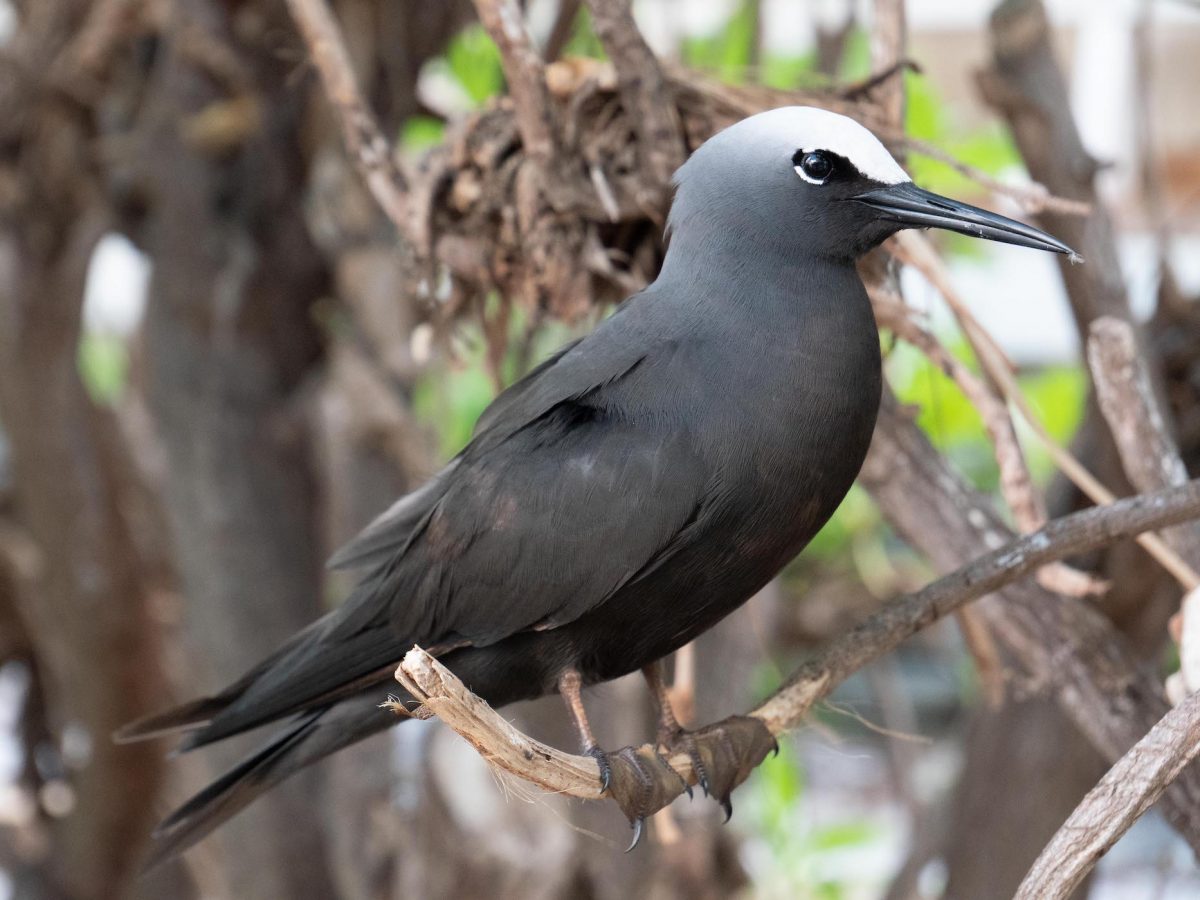
In addition to above ground regeneration efforts, Lady Elliot island boasts a pristine underwater environment. The cooler southern waters have protected the area from severe coral bleaching that has affected other sections of the Great Barrier Reef. As such, the island is now a haven for all manner of marine life including turtles, manta rays and in the winter season, humpback whales.
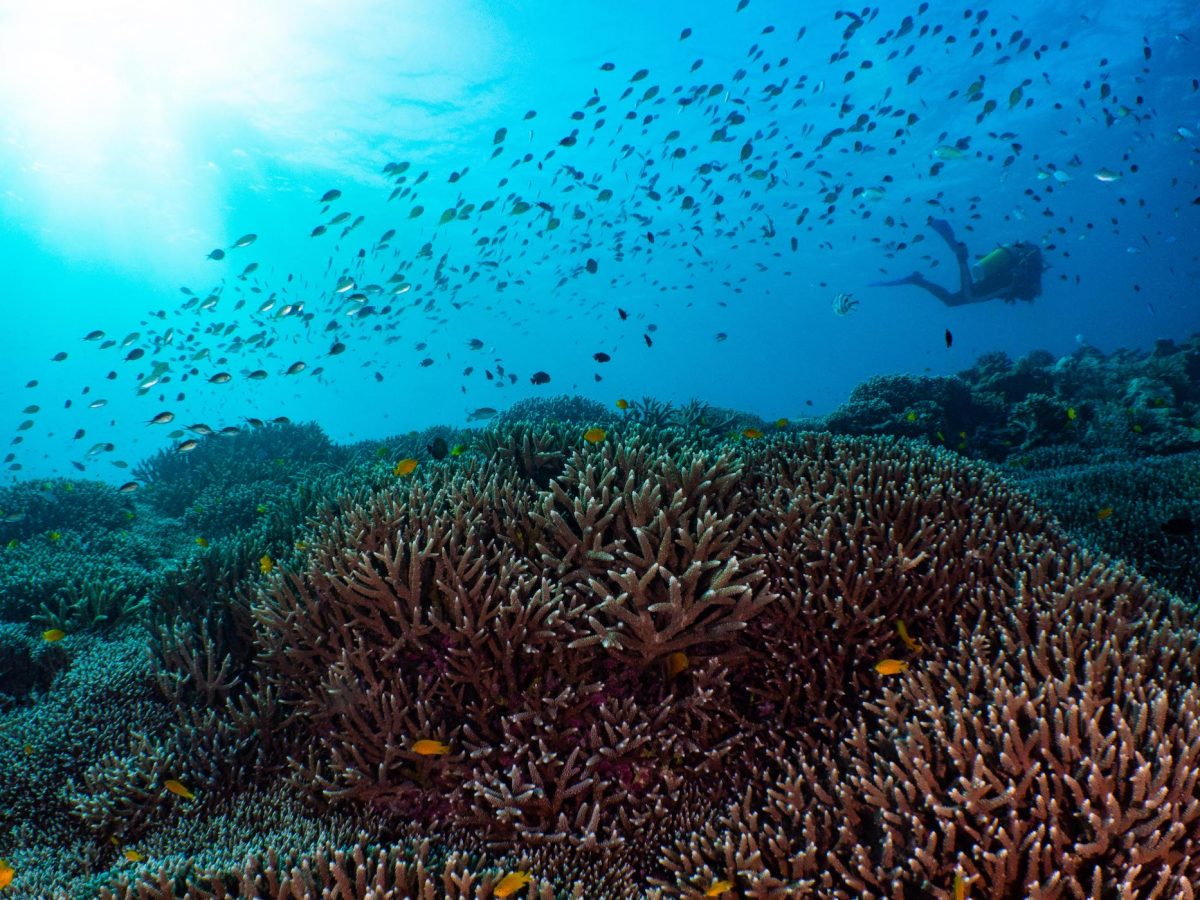
Thanks to its pristine underwater refuge, David and Jennifer identified Lady Elliot as a perfect place to be included in their current assignment for National Geographic. David and Jennifer are working on documenting the health of coral reefs globally and Lady Elliot provides a key beacon of hope for the Great Barrier Reef moving into the future. For more information on coral bleaching and the future of coral reefs, check out this link.
Whilst on Lady Elliot, David and Jennifer taught me a number of underwater photography and video techniques that I can take forward on my scholarship year. I loved using my set up from Reef Photo and Video and Light and Motion to document the islands beautiful underwater environment.
It was a privilege to be under the instruction of true masters of underwater photography masters and I relished every moment of the trip.
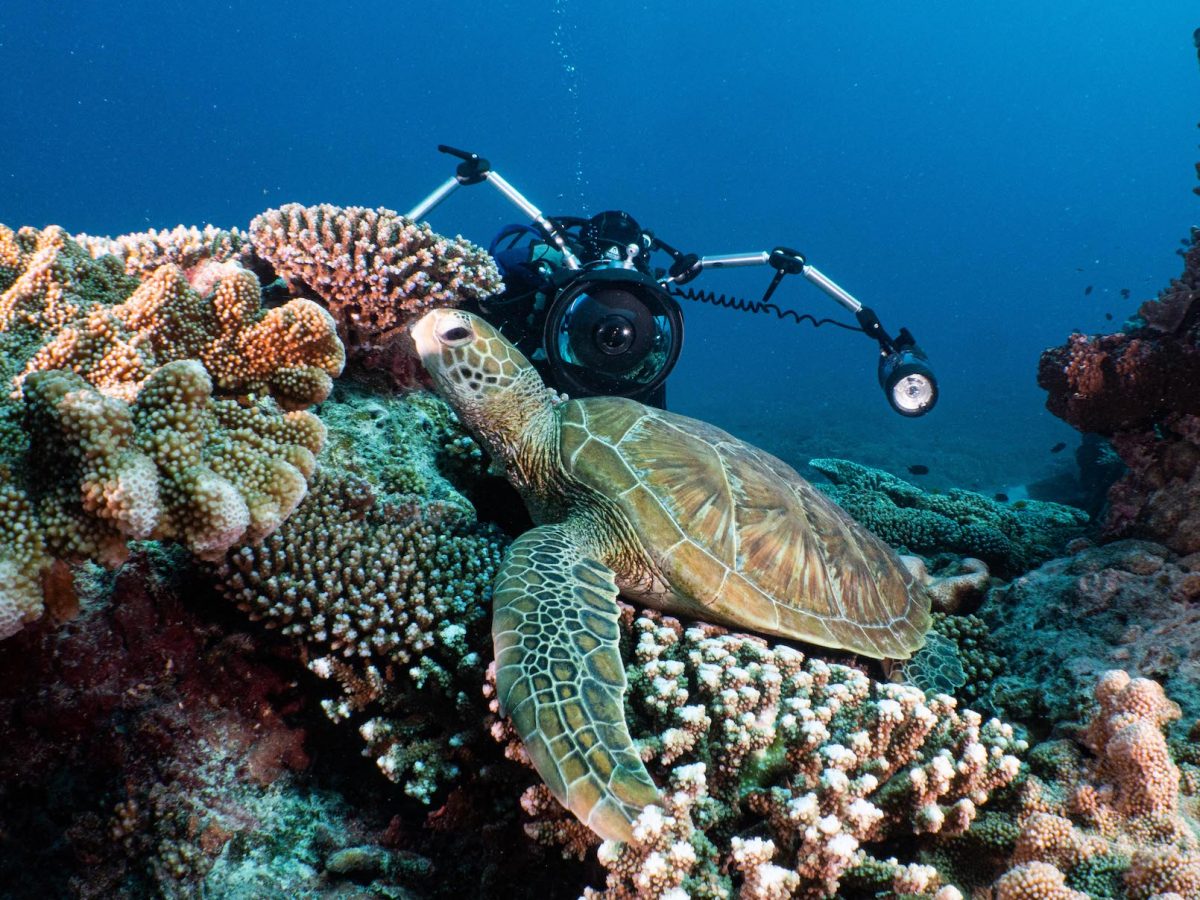
During my stay on the island there was also a group of university students from the United States. David and Jennifer offered to give a presentation for them as well as the rest of the guests and staff on this island. Their presentation and the photos they shared was inspiring and I also had the opportunity to share information about the Rolex Scholarship and my experiences so far.
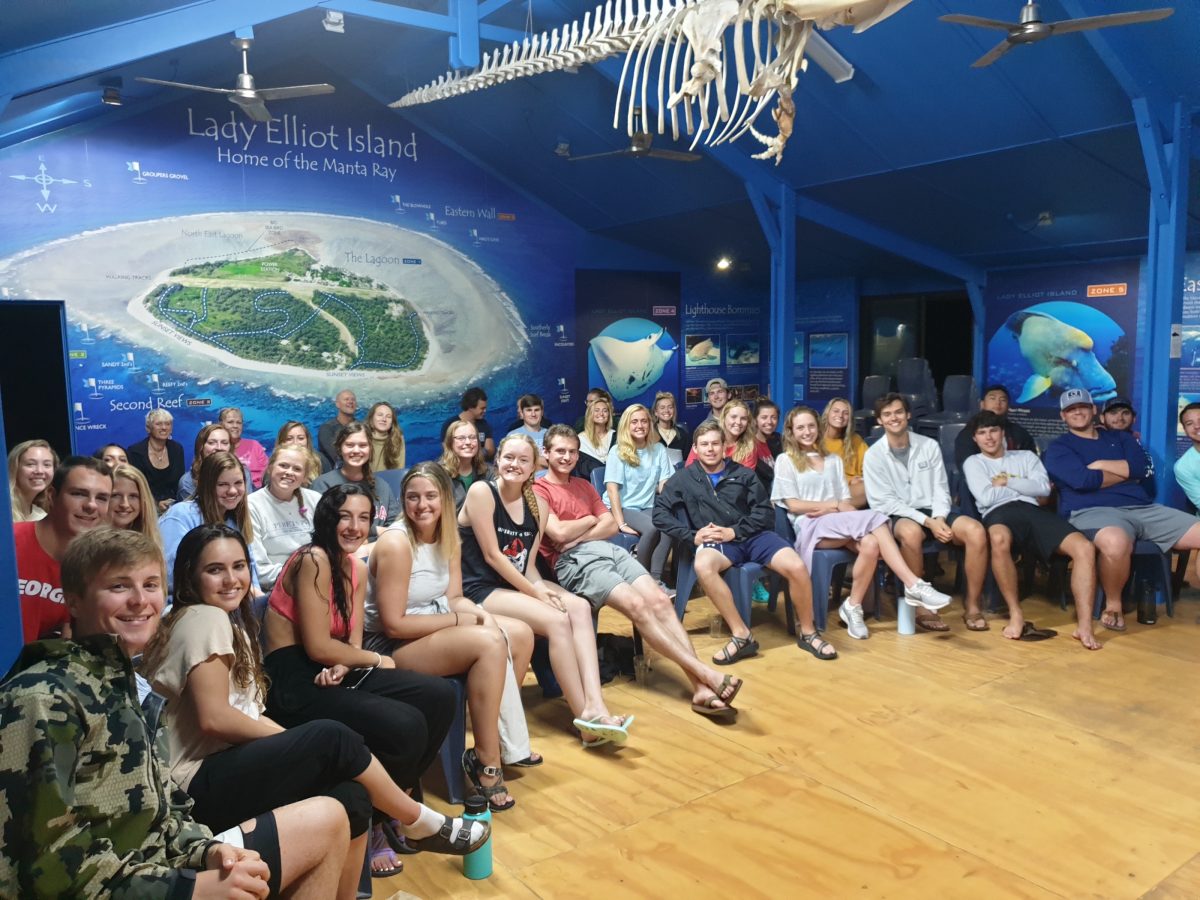
Lady Elliot Island is a true gem both above land and below and I thoroughly enjoyed my time on the island. I cannot recommend a trip there more, particularly if you’re keen to see the best the Great Barrier Reef has to offer and get up close and personal with some friendly turtles.
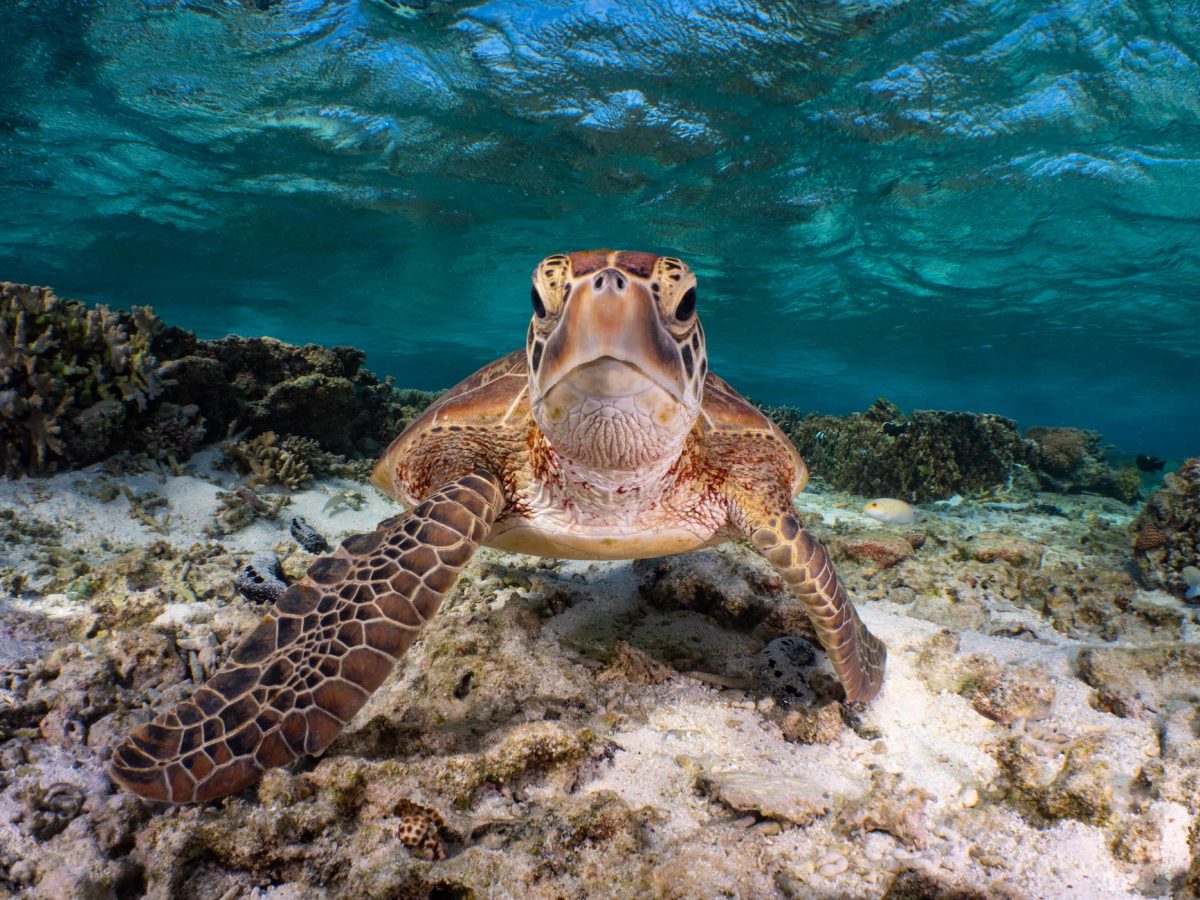
My waterproof W1 kept me toasty warm in the 24ºC water and my Tusa fins provided great propulsion in the strong currents!

Thanks so much to David and Jennifer for inviting me on this experience. Working with National Geographic has been a dream of mine since I was a child, and the experience surpassed all expectations. The passion, dedication, and determination David and Jennifer have to convey stories from the marine environment was inspiring and is something I will carry with me into the future.
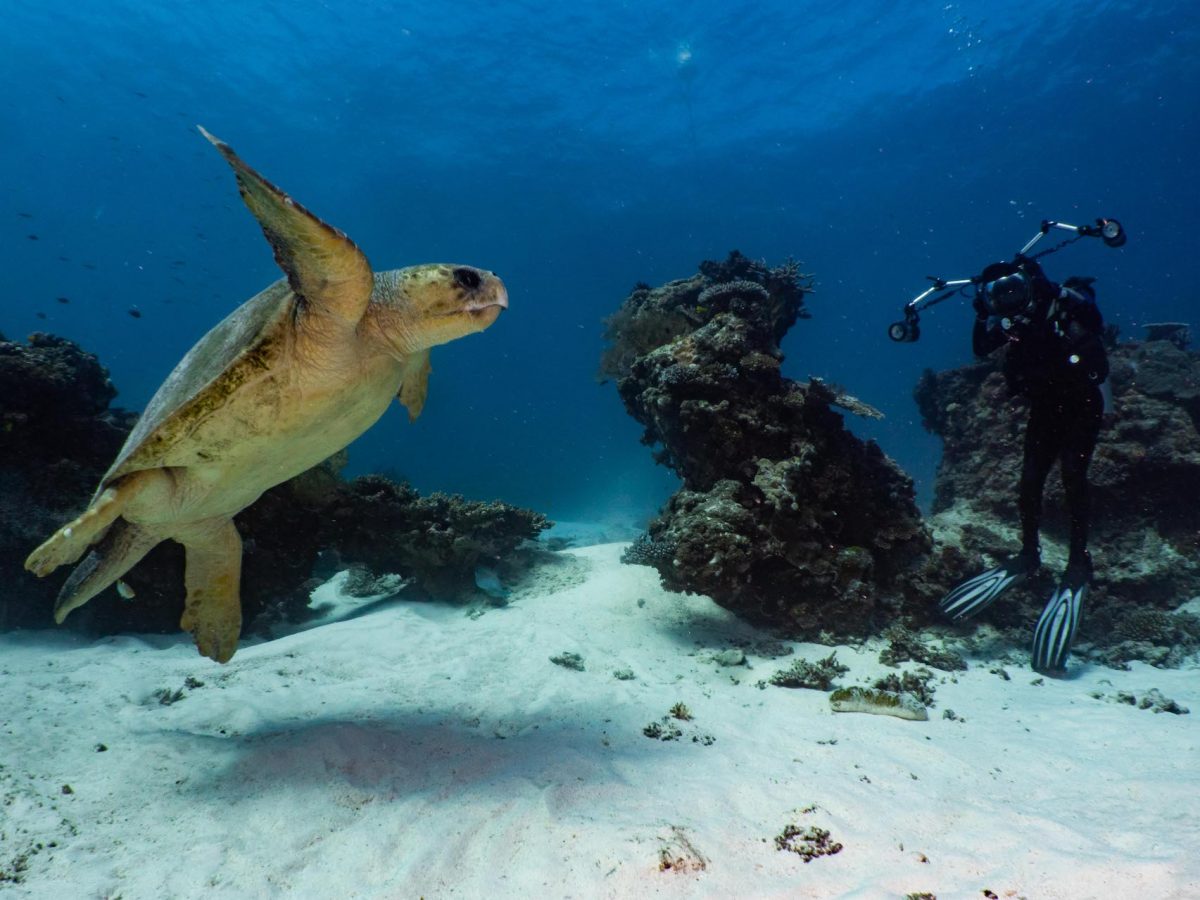
My year as the 2019 Australasian Rolex Scholar of the Our World Underwater Scholarship Society has been off to a great start! Thanks to Rolex and OWUSS for this amazing opportunity. I can’t wait to see what the rest of the year holds.
All pictures in this post by Joanna Smart